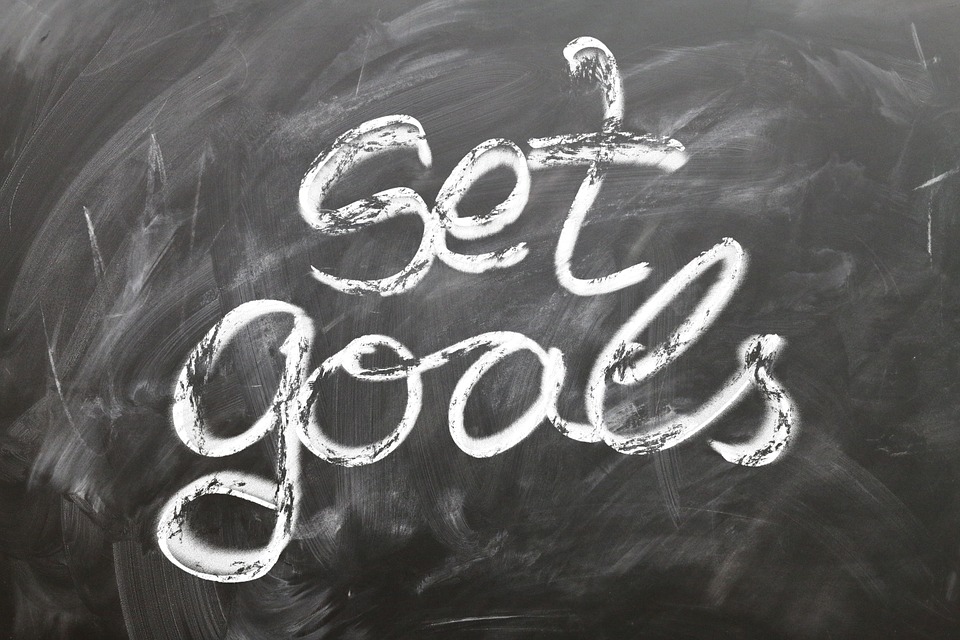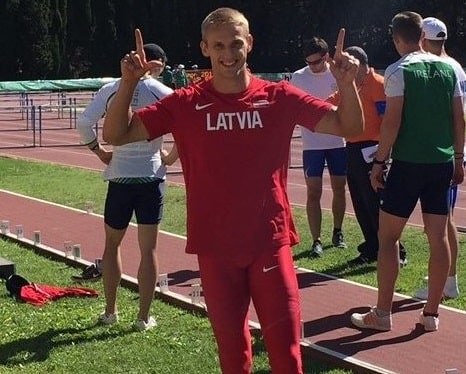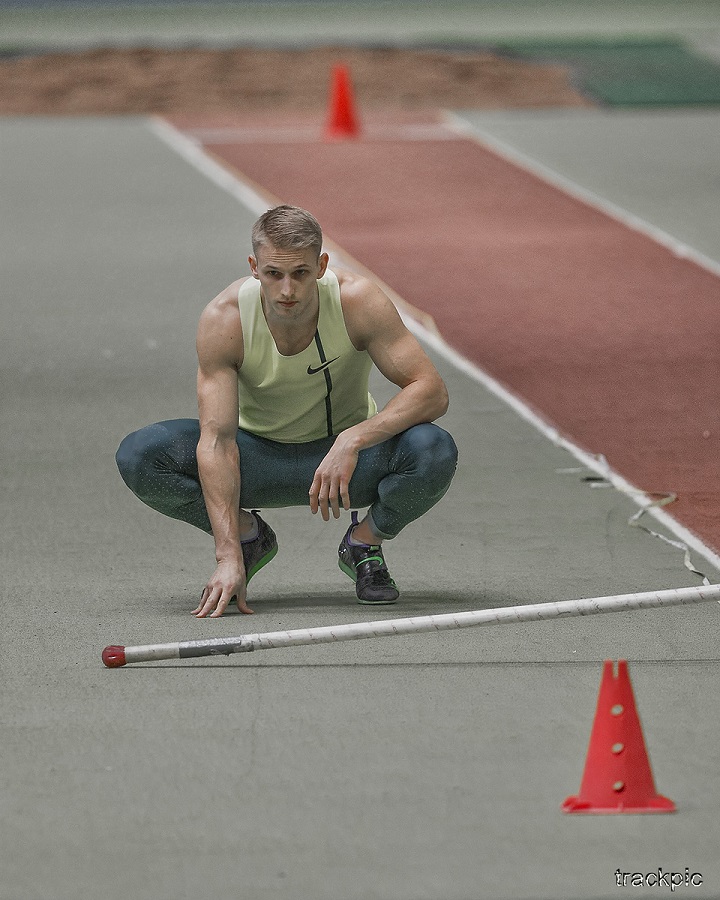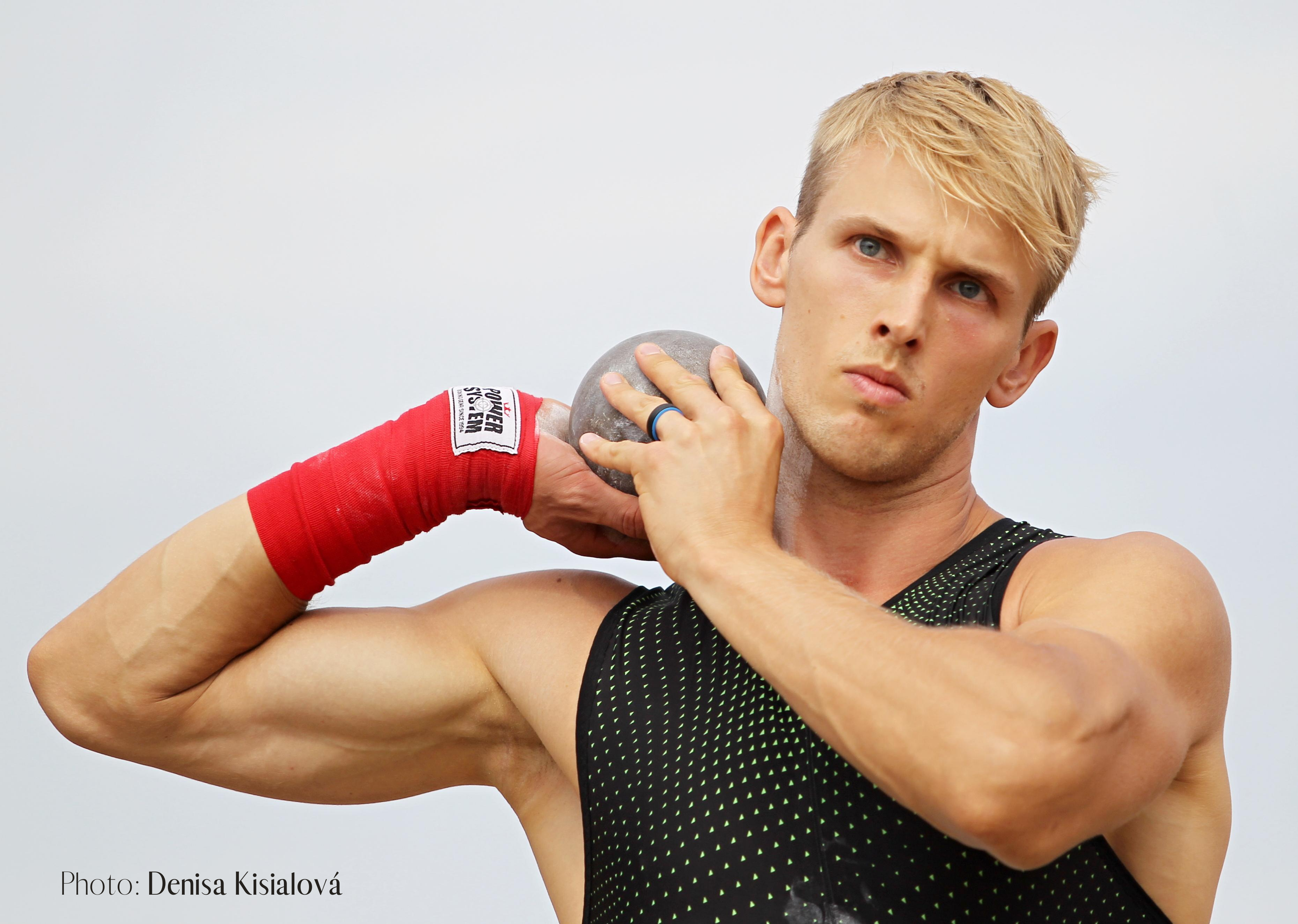Setting Process Goals

MINDSET LESSONS
CHAPTER 3
At Kansas State, it was a tradition to have meetings to set individual goals with the event coach at the beginning of each Fall semester. Most people loved it, as it brought hopes for the upcoming season before the rough reality of competition season had set in. Everyone walked into the meetings with eyes full of hopes and minds full of big dreams, large American-like expectations. I liked them too because I operated very visually, and I saw value in drawing out and having my season goals in front of me. However, in the first years, I struggled to understand what the coach wanted from me in those meetings. If I told him that I would like to be faster in the sprints that season, he would ask me to write down specifically how fast my goal is to be in the flying 30 meter runs in training. He would also encourage me to think about what I needed to do daily to accomplish that goal. Sometimes it felt like he was being too picky and too particular with details. Only now do I see the value in it.
I always watched outwardly confident athletes with great curiosity. I have seen the loud and boastful athletes who set unrealistic expectations for the season and fail to fulfill those expectations with a lot of noise and embarrassment. I have also seen the humble and lowly athletes who say nothing and conquer everything. Of course, both loud and quiet approaches can experience both success and failure. But there are also those who are in between, perhaps somewhat confused about what is the best mental mindset. I think I fall into the last category – somewhere between the humble quiet and the boastful outspoken. I’m sure everyone has his or her own happy medium in this area, and I’m also sure that it can be improved. Both sides have their benefits. One provides the self-confidence and readiness mindset while the other allows us to look at the training process with the humility and curiosity that encourages continual learning.
Legendary American basketball coach John Wooden says, “Success is a peace of mind, which is a direct result of self-satisfaction in knowing you made the effort to do your best to become the best that you are capable of becoming.” I would like to borrow his definition of success and work from this premise. What is one of the most effective tools for a track athlete to gain individual athletic success in training and competition? Setting process goals.
Setting Useful Goals
Setting and pursuing process goals forces us to stay in the moment and bring focus to each training session. They remind us to shift from the daydreaming of what we want to accomplish at the end of the season to what we need to do here and now, where we can actually make a meaningful change. “Now is the only time we have, and the only time we have any control over.” It is a quote from the well-known American author, Richard Carlson. I had to stop and think about it for a few minutes when I heard it for the first time. I realized that there is no way around it, it simply is true as regards to training as a track athlete.
Each training session, each moment, one change at a time. This truth allows us to focus our energy on the details, gives clarity to push when we ought to push, to slow down when our bodies need a break. Long-term goals are optional, but process goals should be obligatory. Here are a few examples of process goals that I have made for myself that serve me weekly, even daily.
Every technique training in the off-season must be slowed down to 80% to learn the movements correctly;
Prepare meals before each training session so I always have healthy snacks available;
Do preventive rehabilitation on my past weaknesses - Achilles, patellar tendon, shoulder capsule 2x per week.
Notice how I’m not talking about my goal to break my personal best or the 8000-point barrier 10 months later. It might hype me up for a while, or sound like a good advertisement but realistically, it is not going bring a real change in my training process, especially if I decide to be driven from within.
The overall result derives from the accumulated steps that have or have not been taken prior. New habits are formed and sustained only if we bring weekly and daily, in some cases even hourly, intention to them. The result will not be a spectacular one if the work has not been exceptionally intentional and careful. Success is only possible with the careful setting of process goals that focus on what can be improved today to make a better tomorrow.
LESSON
Setting process goals for training is a crucial step to take in order to gain a proper mindset towards continual training progress, as it focuses on being fully engaged with the training process itself.





Comments